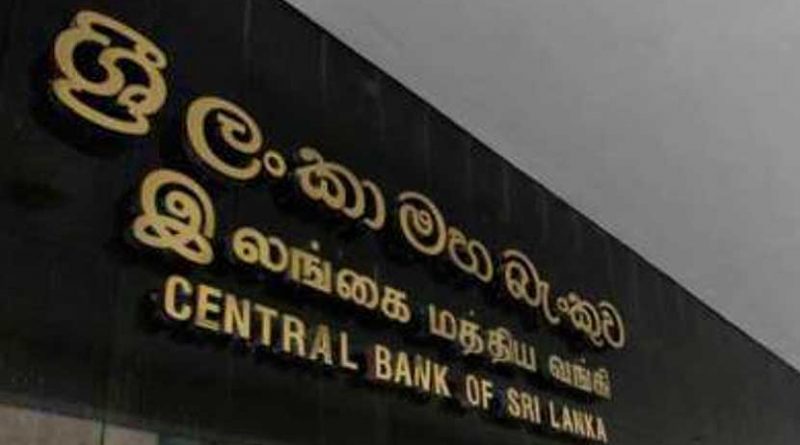LNP – Central Bank revises maximum housing loan rate to reflect rising interest rates
Earlier 7% cap fixed for five years replaced with average monthly prime lending rate, effective from January 1
The Central Bank has revised the earlier rule, which set maximum interest rates on mortgage-backed housing loans, effective from January 1, 2022, considering the rising interest rates in the economy and the current and expected macroeconomic developments.
In a Monetary Law Act Order issued last week, the Central Bank linked all such mortgage-backed hosing loan rates to the average weighed monthly prime lending rate (AWPR), replacing the earlier rate cap of 7 percent, effective for the first five years of the tenure of the loans.
In December 2020, the Central Bank fixed the mortgage-backed housing loans rate at 7 percent for the first five years and AWPR plus one percent for the remaining tenure of the loan, repriceable at every six months, giving effect to a budget proposal to give a fillip to the broader construction sector and also to improve home ownership in the country.
The interest rate concession, which was proposed only for public sector workers at first, was also extended to the people working in the private sector, when it came into effect from December 10, 2020 onwards.
However, as the treasury yields and market interest rates have been on the up at least for the last five months, the Central Bank linked the first five-year maximum rate on such loans to the monthly AWPR “prevailing at the date of the loan”.
Thereafter, “the applicable interest rate will be a floating interest rate linked to the monthly AWPR plus 200 basis points for the remaining tenor of the loan and will be repriced every six months,” the new Order read.
“The monthly loan instalment for the first five years shall be computed considering the AWPR prevailing at the date of disbursement as the interest rate for the entire tenor of the loan,” it added.
According to the weekly data compiled and calculated by the Central Bank, the weekly AWPR stood at 8.61 percent in the week ended on December 31, 2021, compared to 5.81 percent a year ago, reflecting a 280 basis points climb in the benchmark rate during the past 12 months.
The monetary policy is highly skewed towards more tightening, as the Central Bank may be compelled to rein in the money supply in the economy, further to combat the rising prices and the foreign currency troubles facing the economy, as higher amounts of rupees in circulation adds pressure on both demand and imports. Sri Lanka’s consumer prices rose by 12.1 percent in the year through December 2021, the highest in 12 years.
The private sector has urged the government to resolve the current foreign exchange crunch as soon as possible. The Ceylon Association of Shipping Agents (CASA) this week appealed the authorities to immediately resolve the prevailing foreign exchange crunch, as the effects are spilling over into the shipping and export industries badly.

